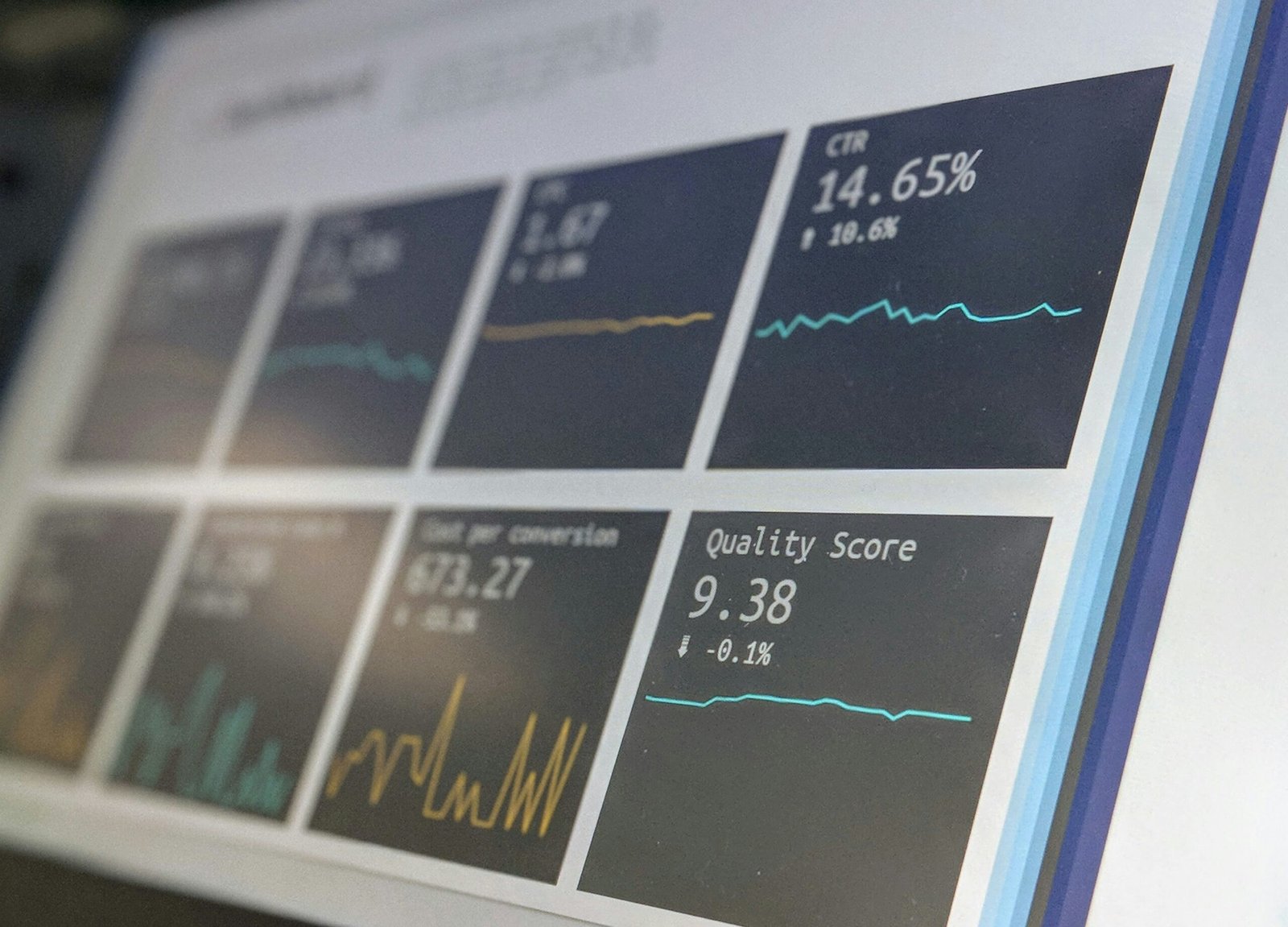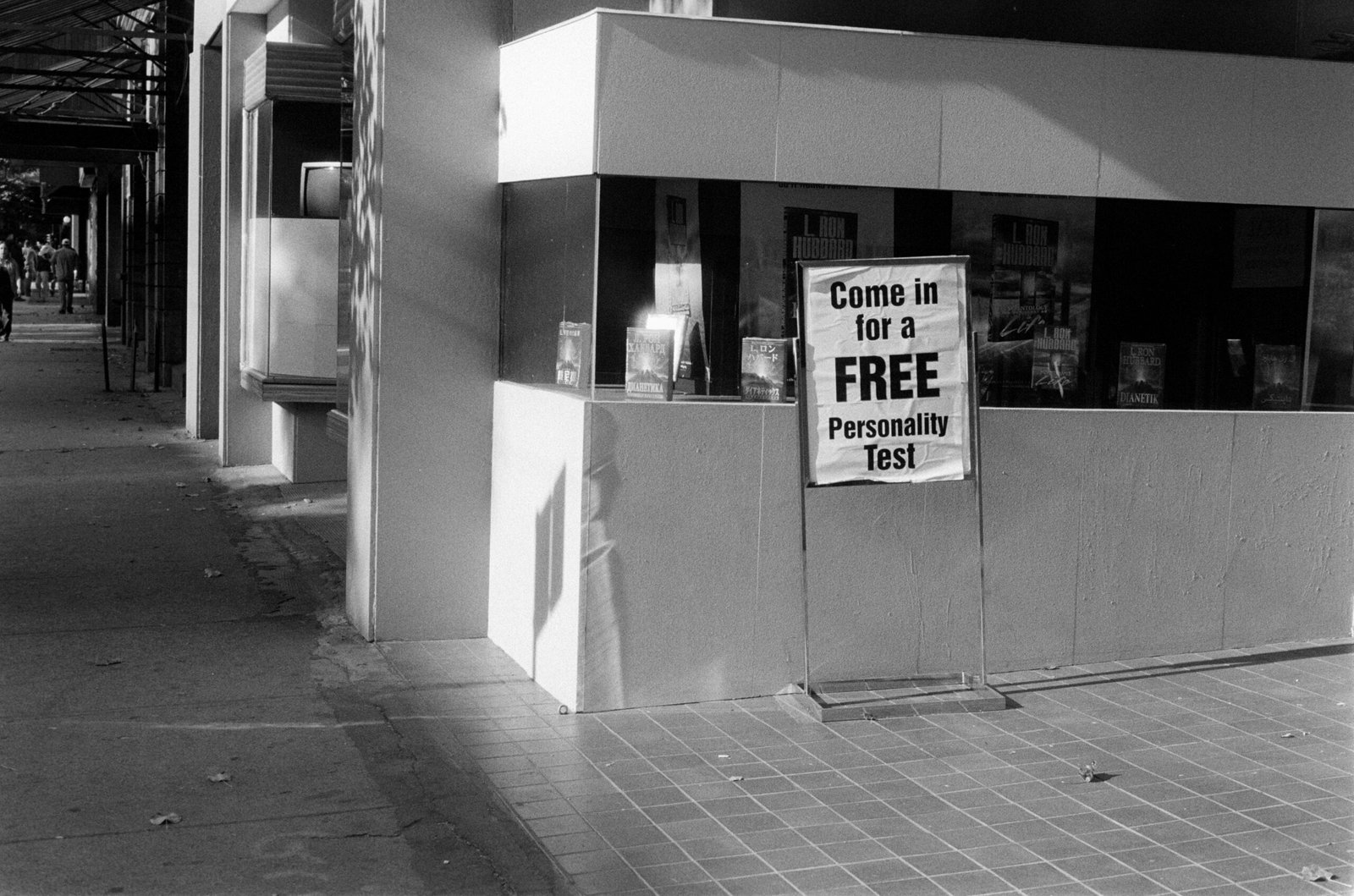The Problem with Meetings
Many professionals find that meetings often fail to achieve their intended goals. This ineffectiveness can be attributed to three main factors: poor planning, lack of clear objectives, and ineffective participant engagement. Without addressing these critical issues, your meetings may continue to be unproductive and frustrating.
Establish Clear Objectives
One of the key reasons meetings do not yield results is the absence of clear objectives. It’s essential to define what you hope to accomplish before gathering everyone. A focused agenda helps attendees understand the purpose of the meeting and encourages them to come prepared, promoting a more streamlined discussion.
Prepare an Engaging Agenda
Another common pitfall is a disorganized agenda. Taking time to structure your meeting’s flow can greatly improve efficiency. Include time limits for each topic to prevent any single issue from dominating the conversation. Ensure that all participants receive the agenda in advance, allowing them to prepare their contributions, which leads to better engagement and participation.
Foster a Collaborative Environment
A meeting is most effective when all participants feel comfortable sharing their ideas. Encourage an inclusive atmosphere by inviting opinions and feedback. Use techniques such as brainstorming sessions or breakout discussions, which can often yield more innovative solutions. Furthermore, follow-up after the meeting to address any unresolved issues, demonstrating that you value your team’s input.
Improve your Meeting Effectiveness
Improving the effectiveness of your meetings hinges on careful planning and participant involvement. By implementing these strategies, you can transform your meetings into productive sessions that contribute positively to your organization’s goals.








